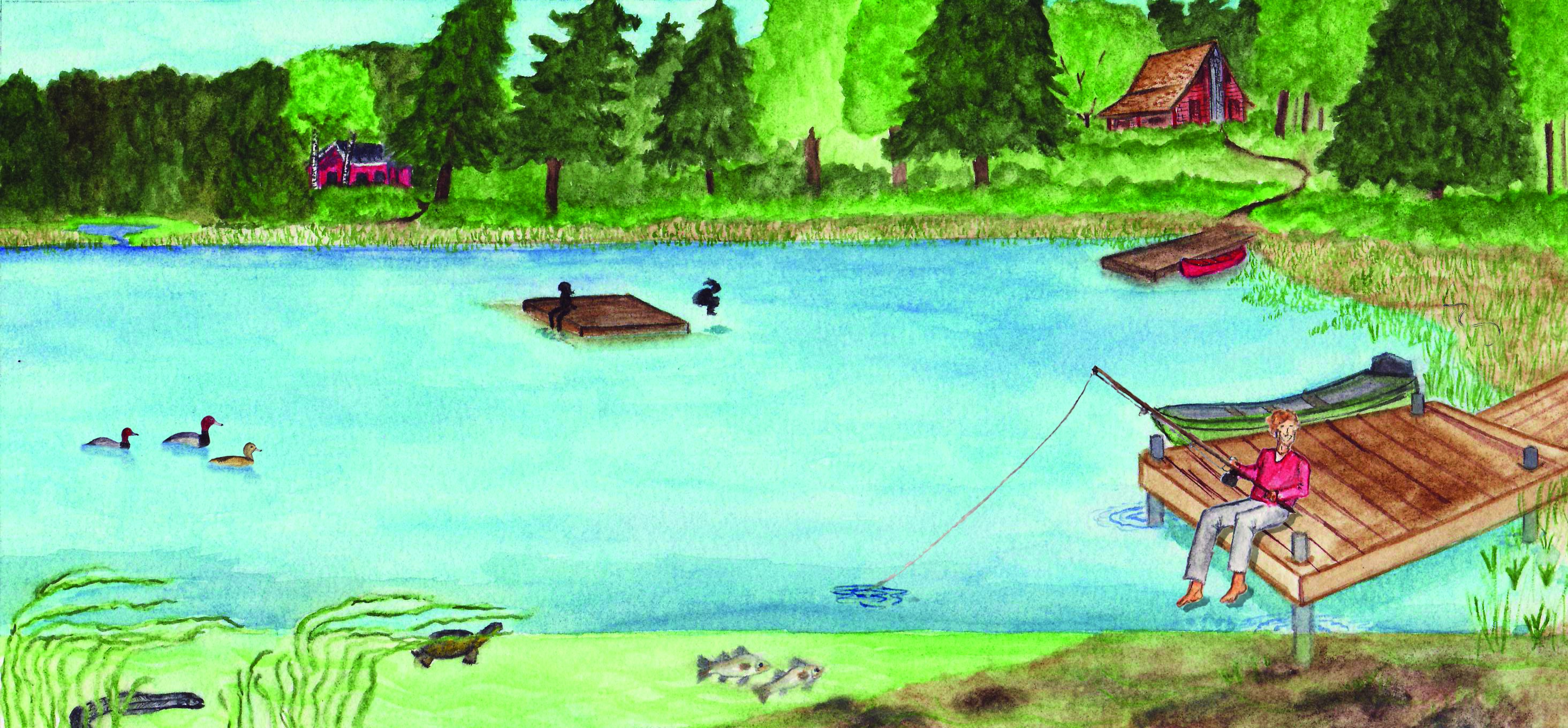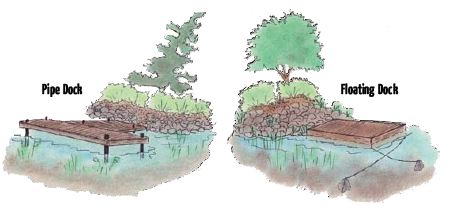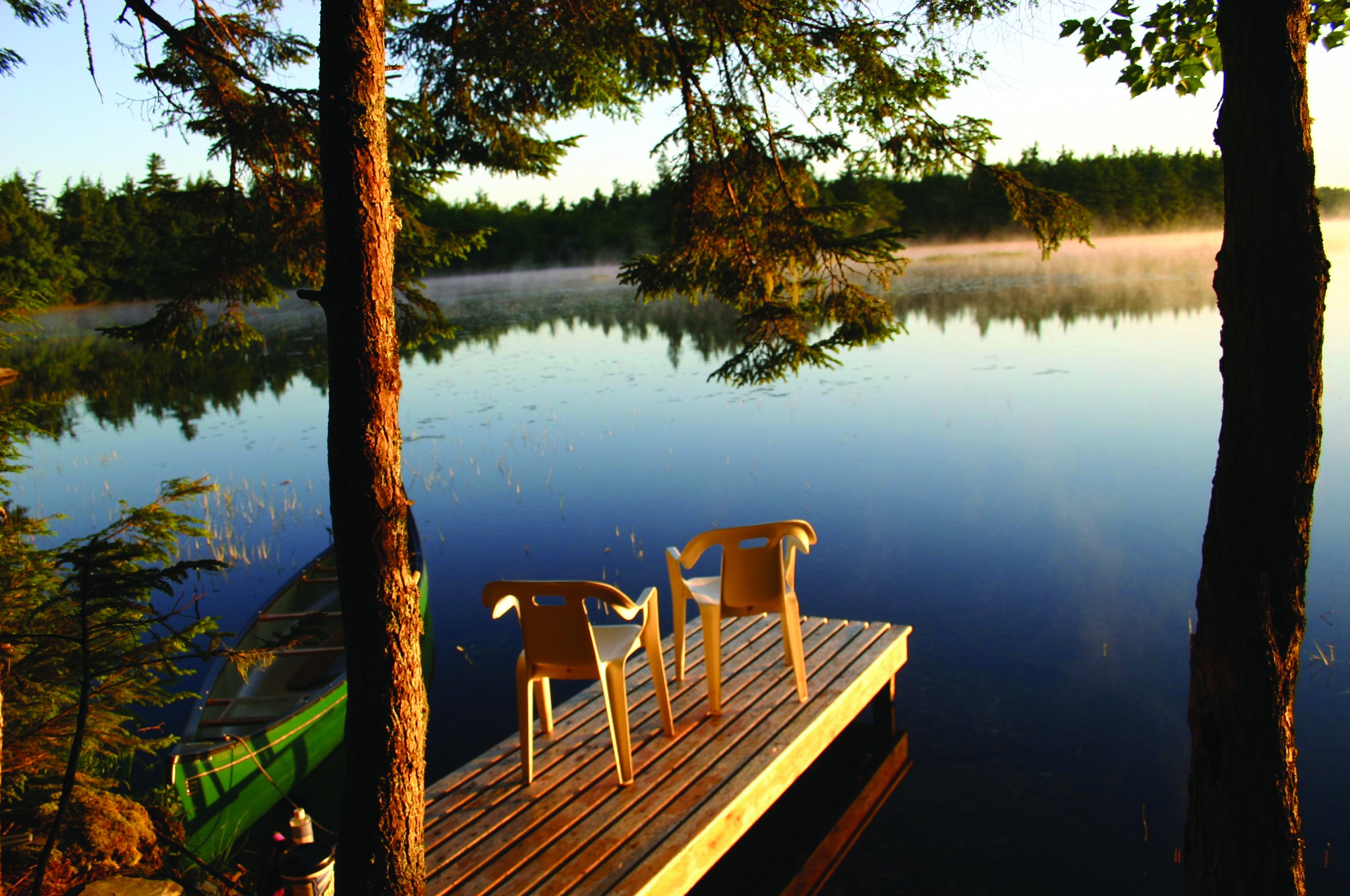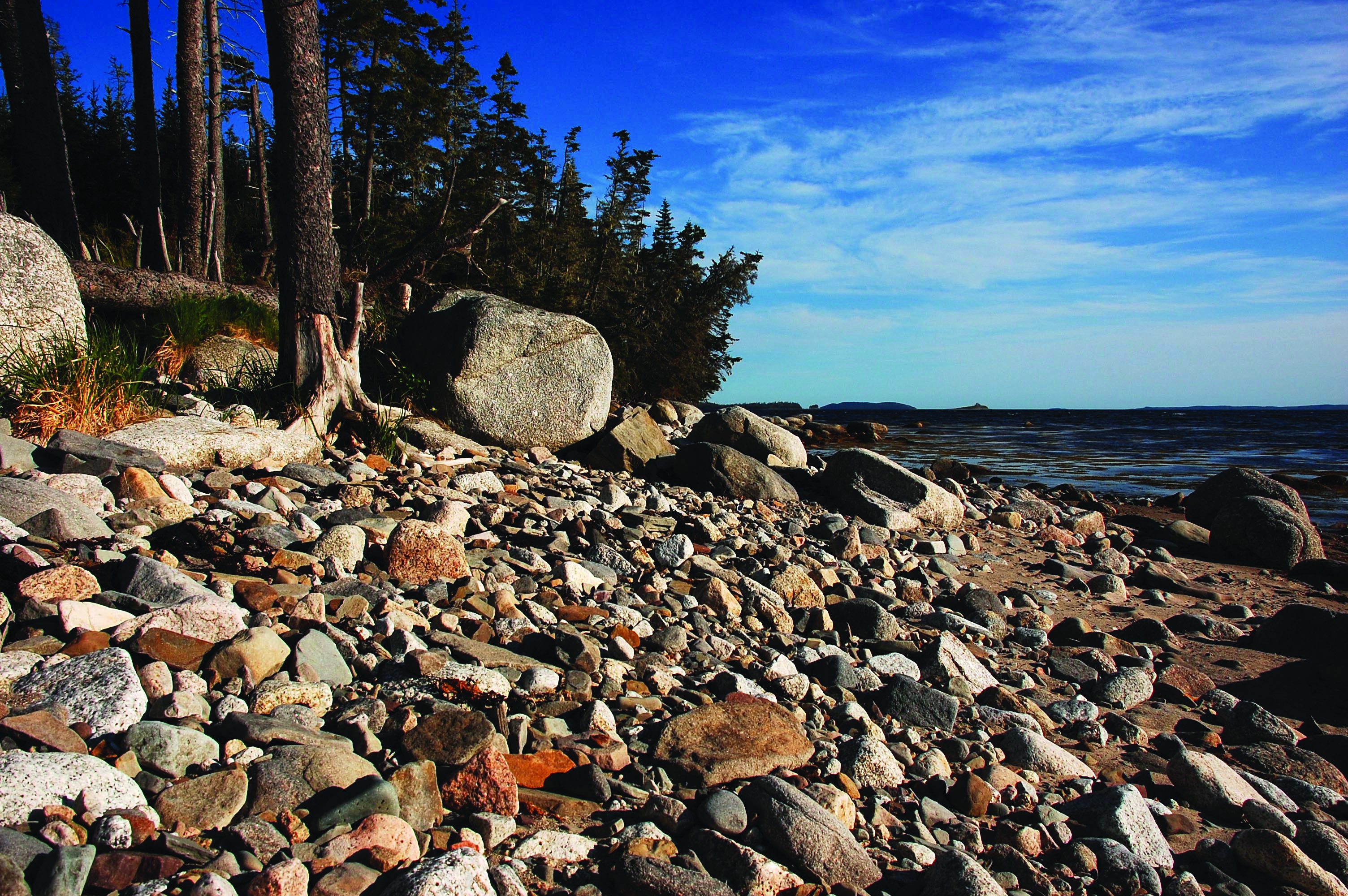
All docks have some environmental impact. Alternative options including installing a mooring buoy or offshore swimming raft, building a shared dock with neighbours or using public access locations. If you choose to build a dock the information below will help minimize impacts to the shoreline and water quality.

Contact Nova Scotia Environment (refer to the 'Contact Information' page) to see if you need to obtain approval before building your dock.
Carefully consider where to place your dock.
Avoid Atlantic Coastal Plain Flora habitat (refer to the '
Atlantic Coastal Plain Flora' page under '
Sensitive Habitats') and fish spawning areas when choosing a dock location. The federal Fisheries Act prohibits any work that results in the harmful alteration, disruption or destruction of fish habitat. Shoreline and lake bottom habitats are also important for animals (such as turtles and snakes) that rely on fish and aquatic insects for food. When many docks are along a shoreline it can be difficult for Atlantic Coastal Plain Flora plants and seeds to disperse to new locations.
Build with materials that do not leach toxic substances into the water.
The choices we make with our building materials can help ensure that our waters are healthy and pollution free for generations to come. Try to build your dock with untreated wood such as cedar, larch, or hemlock. Pressure treated wood, rubber tires, recycled plastic barrels (formerly containing chemicals), and old railway ties leach toxic substances into the lake. Painted steel can flake off and is toxic to aquatic organisms. Floating materials like closed-cell extruded polystyrene billets are resistant to breakdown unlike expanded polystyrene.
Chose a dock type with minimal impacts to the shoreline and lake bottom.
Floating and pipe docks have less impact on the shoreline, water currents and lake bottom. Cantilever and suspension docks are also good options. Crib docks and concrete piers are not permitted along inland lake shorelines because they cover lake bottom habitat, impact water currents, and encourage shoreline erosion.
Stay well away from the water when painting, staining, cutting, or sawing.
Even better, choose untreated products over ones that require paint or stain.
During dock construction and/or old dock removal, minimize disturbance to the lake bottom and avoid shifting or removing structures such as rocks or logs.


What dock type is right for you?
The right type of dock for your property will depend on a number of factors such as water depth and exposure to the elements and will require some thought and research. Keep in mind that floating docks move up and down with water levels, can be built in deep water, and are less impacted by ice scour. Pipe docks can be built in shallow water and allow sunlight to reach the lake bottom. Depending on the conditions, your dock may need to be removed from the water during the winter.

Coastal Wharves
The document Before you Build a Wharf or Do Other Work on the Shore of your Coastal Waterfront Property contains permit information and parameters on how to construct and repair wharves, boat ramps and moorings. These structures must be constructed of materials that do not leach toxins and are free of oil, grease, and other contaminants. You are required to obtain a permit from the Department of Natural Resources before building any structure below the ordinary high water mark. To view this information please visit: http://novascotia.ca/natr/land/policybeforeyoubuild.asp or call 902-424-3160 to request a free hard copy.
Resources:
The Dock Primer: A Cottager’s Guide to Waterfront Friendly Docks
Produced by Cottage Life and Fisheries and Oceans Canada. Provides detailed information on dock shapes, types, and building materials. Call 1-866-333-6676 for a free copy or view online by searching “Cottage Life, Dock Primer” in a search engine.





